Hentai Porn A Lasting Trend
In the United States, the term "hentai" has indeed become largely synonymous with a specific type of explicit content—namely, pornographic material that is illustrated in a style influenced by Japanese animation or manga. The word itself is a loanword from Japanese, where it is a compound of two kanji: 変 (hen; "change" or "weird") and 態 (tai; "attitude" or "appearance"). In Japan, hentai is a descriptor for anything that is abnormal or perverse, and it can apply to a wide range of situations far beyond the adult content. However, in the Western context, its meaning has narrowed significantly.
In Japan, the adult-themed animations and comics that many in the West refer to as "hentai" have their own distinct classifications. The terminology used is different, and the approach to these artforms is also steeped in historical context.
Adult-oriented animations are referred to as "seijin-anime," with "seijin" meaning "adult." These animations are designed specifically for an adult audience, featuring more explicit content than typical anime. Similarly, "seijin-manga" are adult comics or graphic novels, presenting content that is not suitable for a younger audience due to its sexual nature. The term "ero-anime" or "ero-manga" can also be used, with "ero" being a shortening of "erotic."
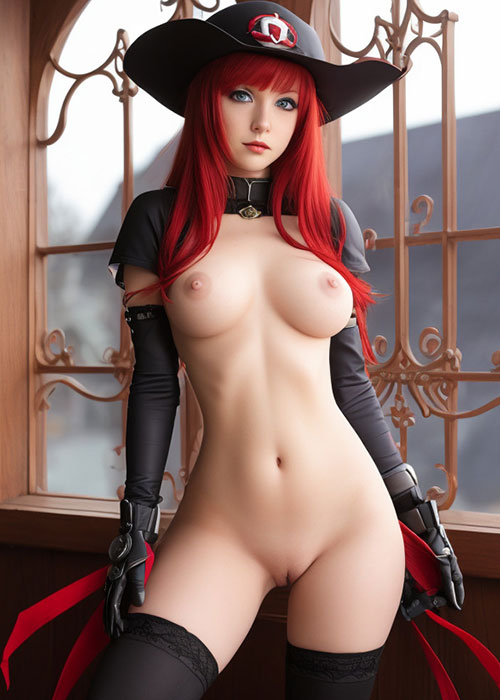
These contemporary forms of adult content in Japan can be viewed as modern extensions of a much older tradition known as "shunga." Shunga is a genre of Japanese art that dates back to the Heian period (794–1185). It reached the height of its popularity during the Edo period (1603–1867). Shunga art is characterized by its erotic themes and was often executed in the form of woodblock prints. These prints could be quite explicit and were once a common and accepted part of Japanese culture, enjoyed by both men and women across different strata of society. Shunga was not only appreciated for its eroticism but also for its artistic quality and sometimes humorous commentary on human sexuality.
The term "hentai" in Japan has a different connotation than it does internationally. The literal translation of "hentai" in Japanese is "pervert" or "perverse," and it is a term that can describe any sort of perversion or abnormality, not strictly limited to the sexual realm. This term does not neatly categorize a genre of media, but rather describes an attribute of behavior or a type of content that deviates from the norm. As a result, the word itself is not commonly used in Japan to refer to adult anime or manga in the way it is used in the West.
When Westerners adopted the term "hentai," it lost much of its broad and negative connotation and became narrowly defined as a genre of sexually explicit Japanese animation and comic art. In Japan, however, when referencing adult material, more specific terms like "seijin" are preferred and carry less of the pejorative weight that "hentai" holds within Japanese culture.
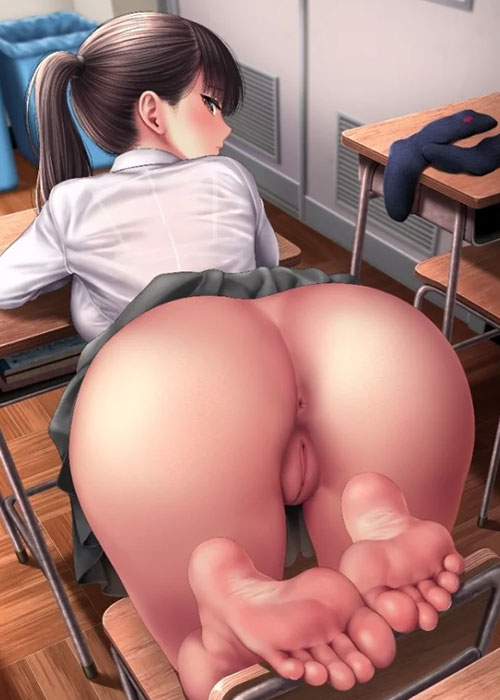
Tentacle-themed erotica has undeniably become an iconic aspect of hentai. Skeptical? A viewing of "La Blue Girl" will elucidate the trope quite explicitly. Those who are well-versed in hentai understand that Japan's stringent censorship regulations often prohibit the explicit depiction of genitalia. The cultural taboo surrounding the phallus has deep roots, prompting hentai creators to seek creative alternatives for their explicit scenes.
Enthusiasts of shunga, the traditional form of erotic art, were eager for depictions of sexual penetration, yet direct illustrations of genitalia were off-limits. Enter the inventive solution: tentacles. These appendages, characterized by their flexibility and dexterity, not only circumvent the restrictions by acting as phallic symbols but also serve multiple functions within the erotic narratives. They became an imaginative stand-in, capable of the explicit action that fans sought.
Even as censorship laws have become somewhat more permissive, the fascination with tentacle erotica endures. It appears that the unique combination of the prehensile and the exotic continues to captivate audiences.

Historically, this theme isn't a modern invention. Tentacle erotica can trace its lineage back approximately two centuries, with one of the most notable early examples being the woodblock print "The Dream of the Fisherman's Wife" by Hokusai. This artwork, which dates back to the 19th century, is often cited as an early influence on the genre and exemplifies its longstanding cultural presence.
The diverse and expansive realm of hentai encompasses a variety of subgenres, catering to an array of preferences and interests. Among these, genres like yuri, which focuses on romantic or sexual relationships between female characters, and futanari, which explores themes of characters with both male and female anatomical features, resonate particularly with LGBTQ+ audiences and reflect a broader spectrum of sexual identities.
Hentai often oscillates between the playful and the peculiar, with many works designed to titillate, amuse, or even shock. The content is predominantly erotic, frequently surreal, and can occasionally be imbued with a sense of humor. Yet, it's worth acknowledging that there are instances when hentai is intentionally crafted to be unsettling, and in such cases, it can be profoundly disturbing, leaving a lingering impact that might disrupt one's ease of mind.
There are indeed specific hentai genres that push beyond the bounds of what is legally and socially acceptable in many countries, including the United States. Such material can sometimes intersect with laws regarding obscenity, prompting legal challenges and judicial rulings that have at times classified certain hentai works as obscene. Furthermore, there have been legal cases addressing whether some hentai should be categorized as child pornography, especially when it depicts young-looking characters in explicit scenarios, despite their fictional nature. These issues highlight ongoing debates about the limits of artistic expression, censorship, and the protection of children, reflecting the complex and often contentious relationship between hentai and broader societal norms.
Lolicon, short for "Lolita complex," is a controversial subgenre of hentai that depicts youthful, often prepubescent female characters in sexual contexts. In the United States, the legal system categorizes lolicon as both a form of obscenity and child pornography, resulting in the fact that possession of such material can lead to serious legal repercussions, including felony charges.
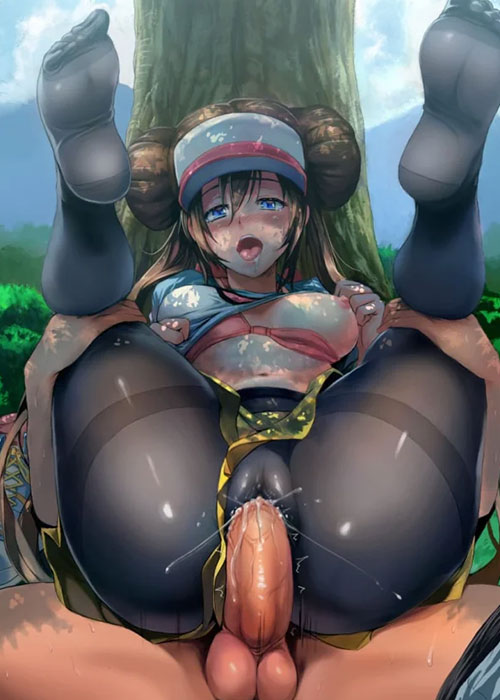
The origin of lolicon is rather ironic, considering that it emerged as a creative circumvention of Japan's stringent censorship laws, which at one time included the prohibition of the depiction of pubic hair. Hentai creators, attempting to navigate around these restrictions, began featuring younger-looking women, who by their nature would not be expected to have developed secondary sexual characteristics associated with adulthood.
Despite the relaxation of censorship regarding adult genitalia in Japan, lolicon has remained a prevalent part of the hentai industry. Within Japan, the distinction between fiction and reality has led to a different perception of lolicon; it is not categorized as child pornography on the grounds that no actual children are involved or harmed in its creation. Nevertheless, this genre has increasingly faced international scrutiny and criticism. Opponents argue that lolicon could potentially normalize or foster inappropriate attitudes towards minors, thereby posing a risk to the welfare of real children. This ongoing debate involves complex issues of artistic freedom, societal norms, and the protection of minors, and it has prompted calls for Japan to reconsider the legal status of lolicon content.
The manga industry in Japan is a behemoth, home to a dazzling array of genres ranging from the light-hearted to the dramatic, catering to audiences of all ages. Yet, for many mangaka, the journey to making a name for themselves within the mainstream, more traditional genres is often paved with financial challenges and fierce competition. This competitive pressure has led a significant number of manga artists to either start their careers in or transition to drawing hentai, the genre of sexually explicit manga.
Hentai, with its less restrictive publication channels and a dedicated consumer base, offers an alternative platform for emerging mangaka to refine their skills, showcase their work, and sustain their livelihoods. While it might seem that working in such a high-demand niche would yield substantial financial rewards, the reality is starkly different. Hentai artists are frequently faced with harsh economic conditions, with the industry being notorious for low wages and sometimes exploitative practices.
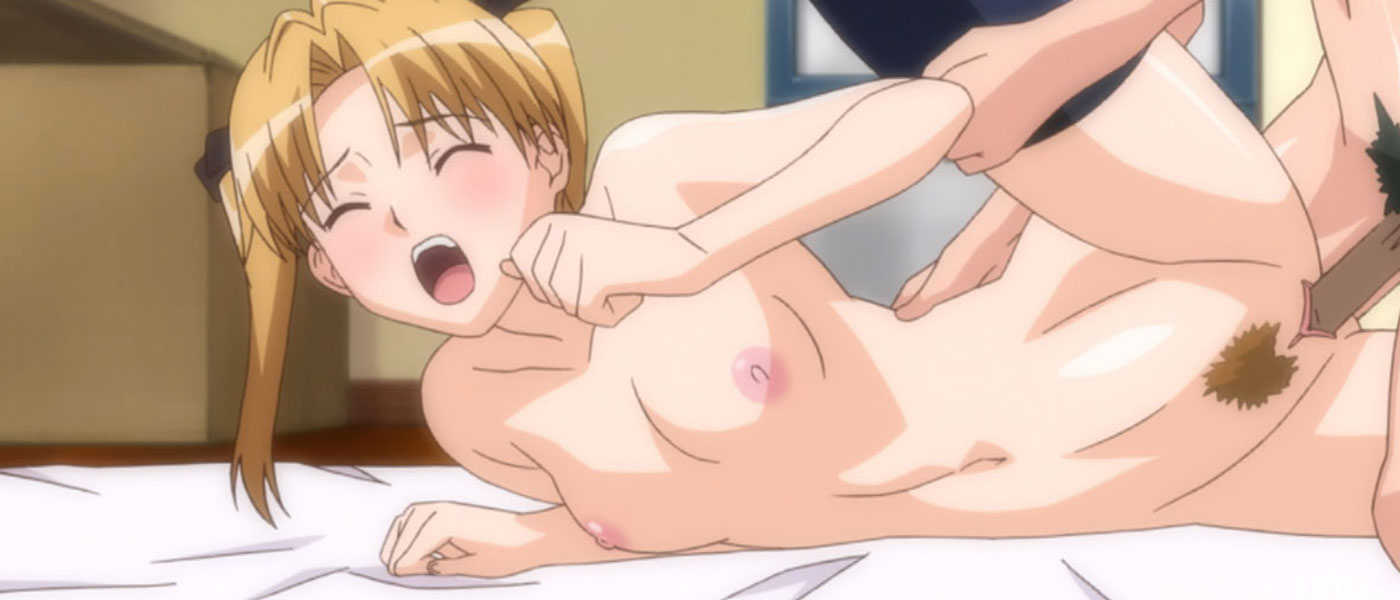
Part of the reason behind this is the structure of the manga industry itself. Mangaka are typically not salaried employees but are instead paid per page—a rate that can be alarmingly low, especially for artists who are not yet well-known. Additionally, because of the abundance of artists and content, publishers can set terms that are less favorable to the creators, who may feel compelled to accept these terms to have their work published at all.
For hentai artists, the situation can be even more precarious. The adult nature of their work can marginalize them from mainstream opportunities, reducing their bargaining power and exposing them to further economic vulnerabilities. Their work is often published in less mainstream magazines or on websites that may not offer as much visibility or stability as the more prominent shonen or shojo manga publications.
The pay rates in the hentai sector can be insufficient to cover the long hours of drafting, inking, and perfecting artwork, not to mention the conceptual and writing phases. In comparison to their workload and the detailed nature of their art, the remuneration hentai artists receive is often not commensurate with their effort and talent.
Moreover, the adult content of hentai can create barriers for artists who later wish to move into more general genres, as there can be a stigma attached to this line of work. While this perception is changing slowly, it remains a factor that can limit an artist's career trajectory. With the rise of digital distribution and independent publishing platforms, some hentai artists have found new ways to reach audiences directly. Crowdfunding, subscription services, and online marketplaces can offer more favorable terms and greater autonomy over their work. However, these opportunities are not universal, and success in these avenues often requires marketing acumen and a pre-existing fanbase, which not all artists have.
In response to these challenges, there's a growing conversation within the manga community about ensuring fair compensation and working conditions for artists. Advocacy for artists' rights and discussions around the value of creative work are part of an ongoing effort to improve the sustainability of manga as a profession, for both hentai artists and the broader mangaka community.
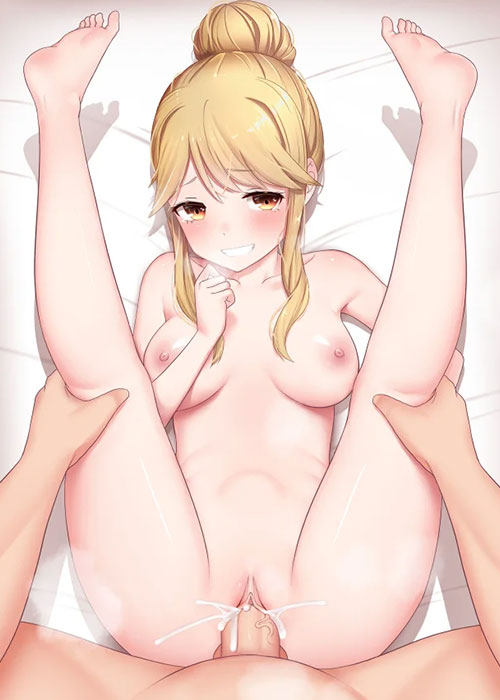
In the United States, there's a common misconception that blurs the lines between "hentai manga" and "doujin," leading to these terms being used interchangeably. However, they represent distinct concepts within the realm of Japanese comic art. Doujinshi, often shortened to "doujin," are self-published works, typically crafted by fans, that often take the form of short stories or side narratives featuring characters from established series. This fan-made aspect of doujinshi is a significant part of its definition and appeal. On the other hand, the term "manga" generally refers to comics or graphic novels produced by professional artists and published through formal production studios. This clarification sheds light on the intricate nuances and categorizations within the broader hentai and manga industries, highlighting a cultural distinction that can sometimes be overlooked outside of Japan.
Throughout Japan, and even extending to the United States with events like HentaiCon, there are conventions dedicated to ero-anime, also known as erotic anime. These conventions serve as industry-centric hubs where professionals from various sectors of the adult entertainment world — including creators of hentai manga, anime, and adult-themed video games — gather to connect and share their work. While these events are open to the public and attract fans and outsiders who have an interest in the genre, their core function extends beyond mere entertainment. They act as vital networking venues for industry insiders, providing a platform for collaboration, discussion, and the fostering of professional relationships within the hentai community.
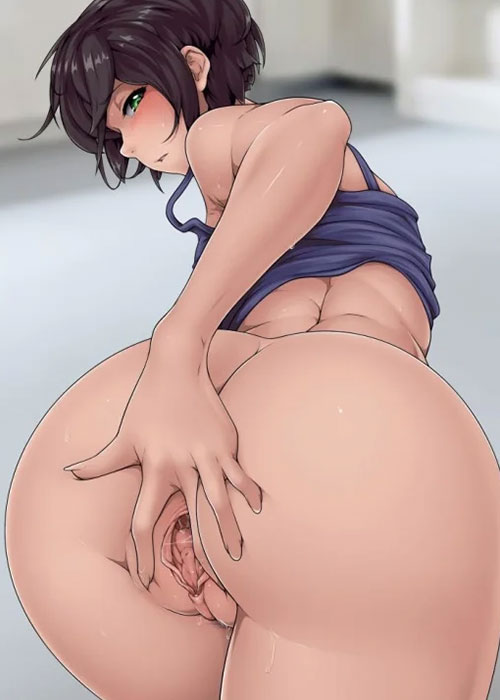
Pornhub, one of the leading online platforms for adult entertainment, has highlighted that hentai's popularity seems to skew towards the younger generation. The site's data suggest that the genre is particularly favored among younger demographics, who are more likely to search for and view hentai content. This trend points to a cultural shift where the fusion of adult content with the stylistic elements of Japanese animation is resonating strongly with younger adults, who may have grown up with anime as a part of their mainstream entertainment diet and are now of legal age to explore its adult variations. This generational trend offers insight into the evolving preferences and consumption habits of the digital age, where the lines between different forms of media entertainment, such as cartoons and adult content, are increasingly blurred.
Hentai has emerged as a highly favored genre of adult entertainment among various age groups, notably including Millennials and young adults. Based on analytical data from a prominent adult website that tracks search queries, there's a notable trend showing a strong preference for this genre. The term ‘Japanese’ surged in popularity, climbing four spots to become the top-searched term in 2019. Following closely behind, ‘Hentai’ maintained its position as the second-most searched term, underscoring its sustained appeal in the realm of adult content. This data reflects shifting consumption patterns and the growing global fascination with Japanese-influenced adult entertainment.
It seems clear that the allure of Hentai genre, along with hentai porn discount is not a fleeting phenomenon but a lasting trend, as it continues to captivate a broad audience spanning from the young to the more mature enthusiasts. To help promote this genre of porn, we offer deals for Hentaied Discount and HentaiSexSchool Discount.
